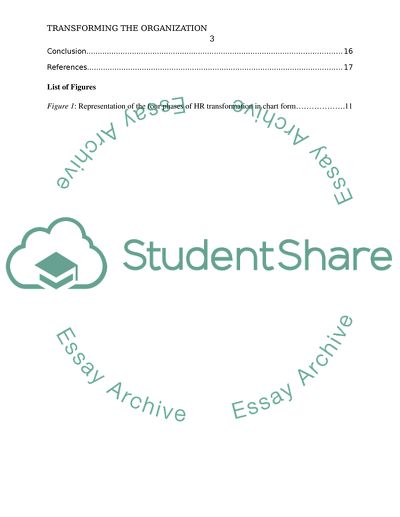Cite this document
(Transforming the Organization Research Paper Example | Topics and Well Written Essays - 2500 words, n.d.)
Transforming the Organization Research Paper Example | Topics and Well Written Essays - 2500 words. Retrieved from https://studentshare.org/human-resources/1779589-transforming-the-organization
Transforming the Organization Research Paper Example | Topics and Well Written Essays - 2500 words. Retrieved from https://studentshare.org/human-resources/1779589-transforming-the-organization
(Transforming the Organization Research Paper Example | Topics and Well Written Essays - 2500 Words)
Transforming the Organization Research Paper Example | Topics and Well Written Essays - 2500 Words. https://studentshare.org/human-resources/1779589-transforming-the-organization.
Transforming the Organization Research Paper Example | Topics and Well Written Essays - 2500 Words. https://studentshare.org/human-resources/1779589-transforming-the-organization.
“Transforming the Organization Research Paper Example | Topics and Well Written Essays - 2500 Words”, n.d. https://studentshare.org/human-resources/1779589-transforming-the-organization.


